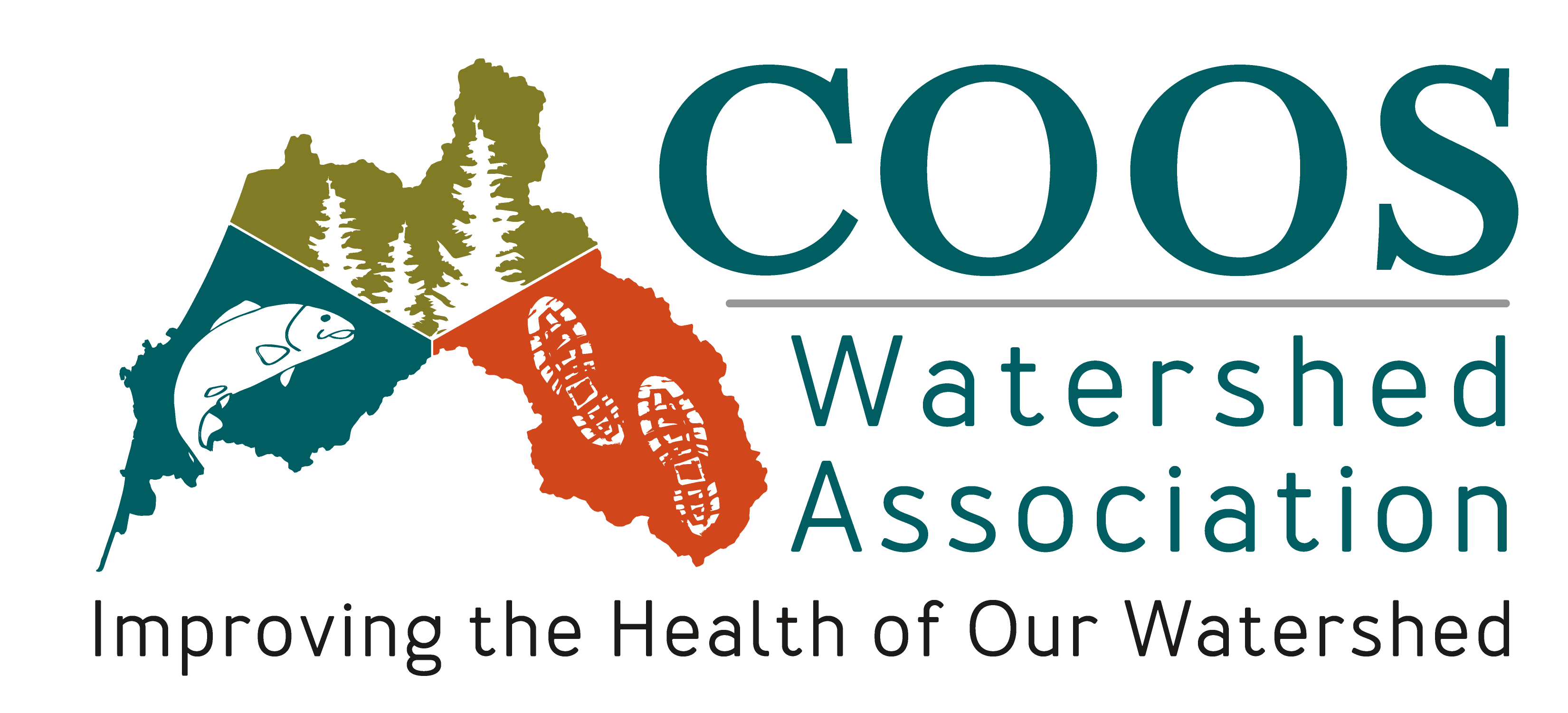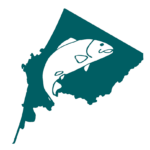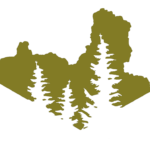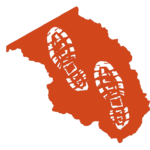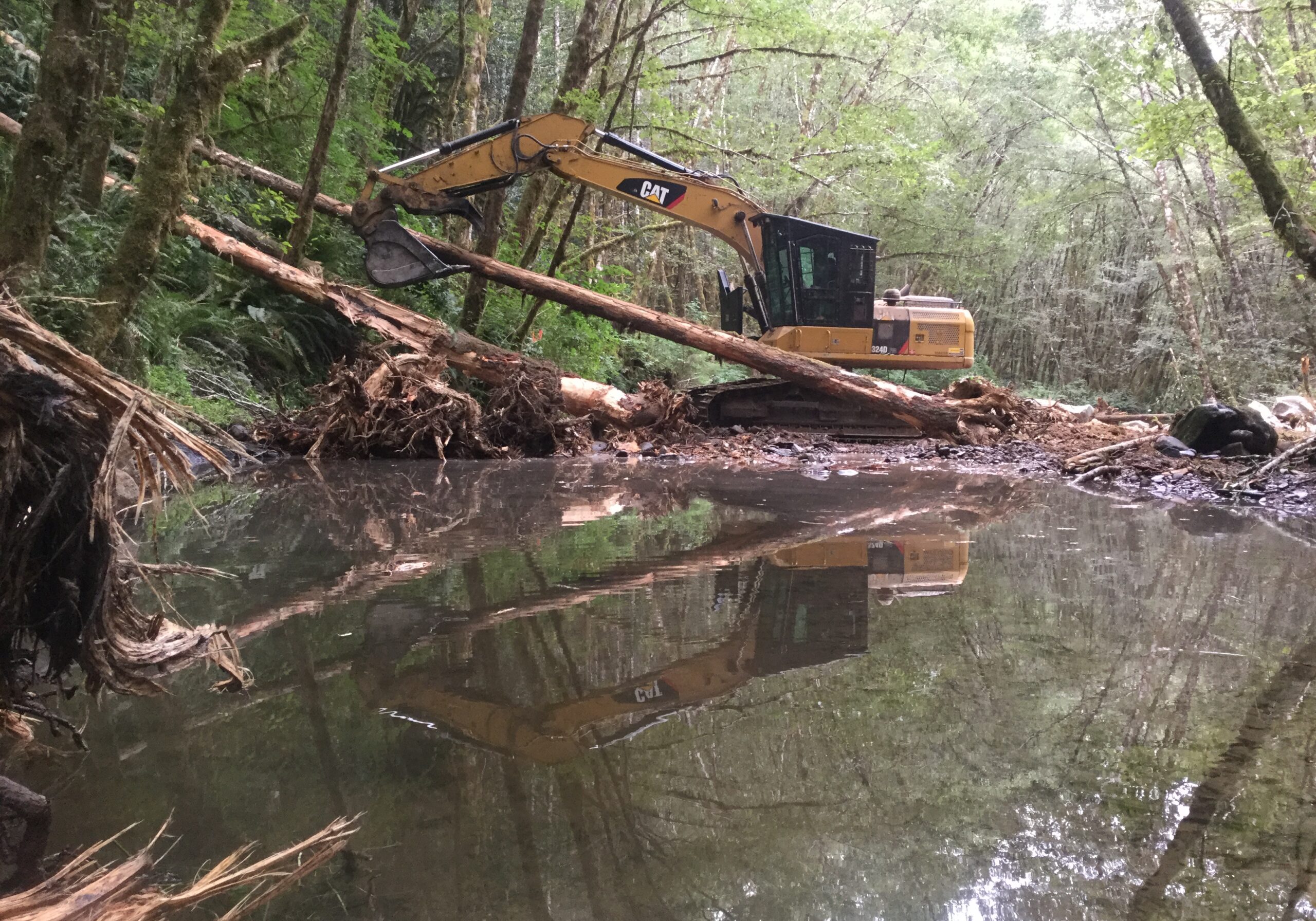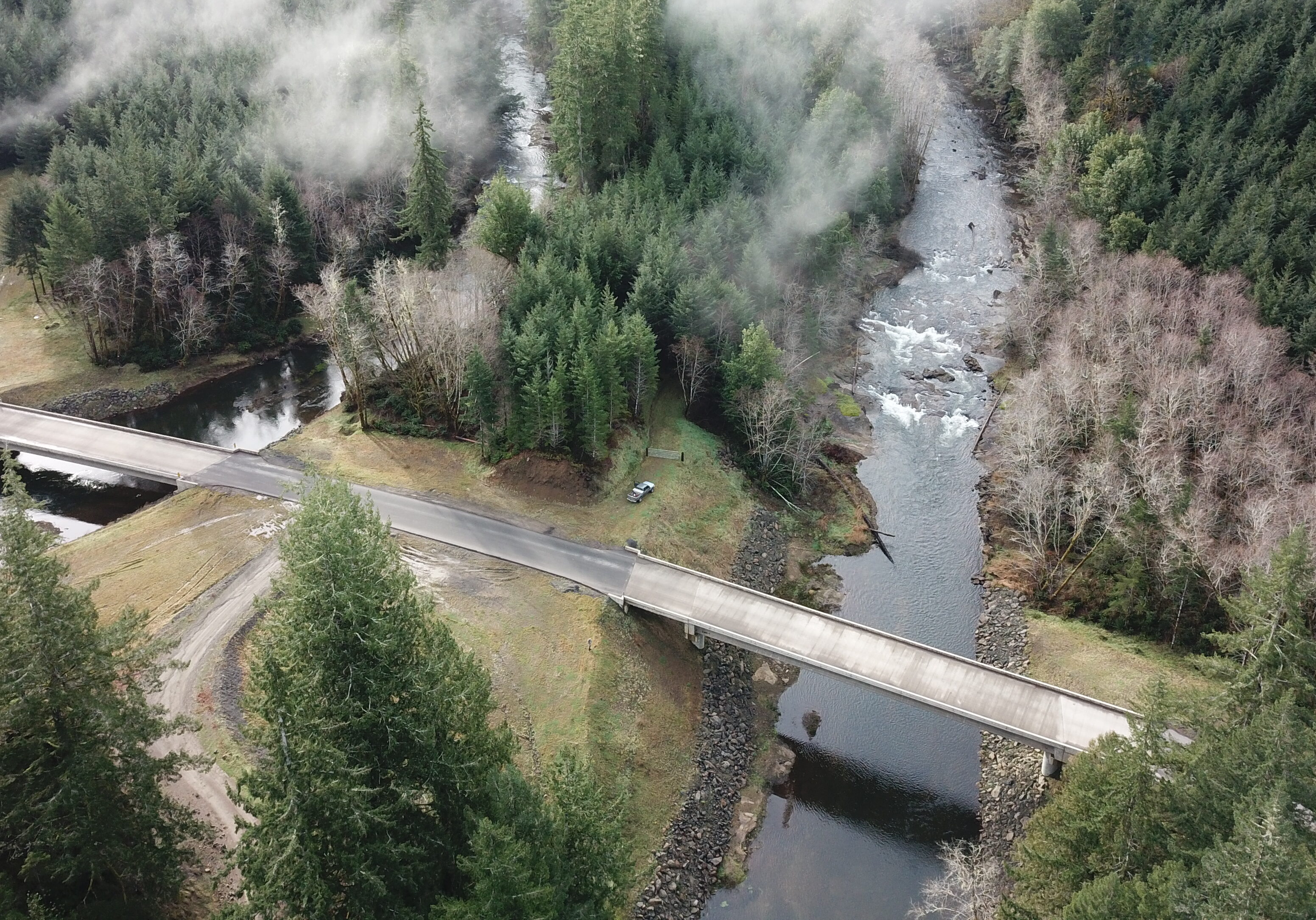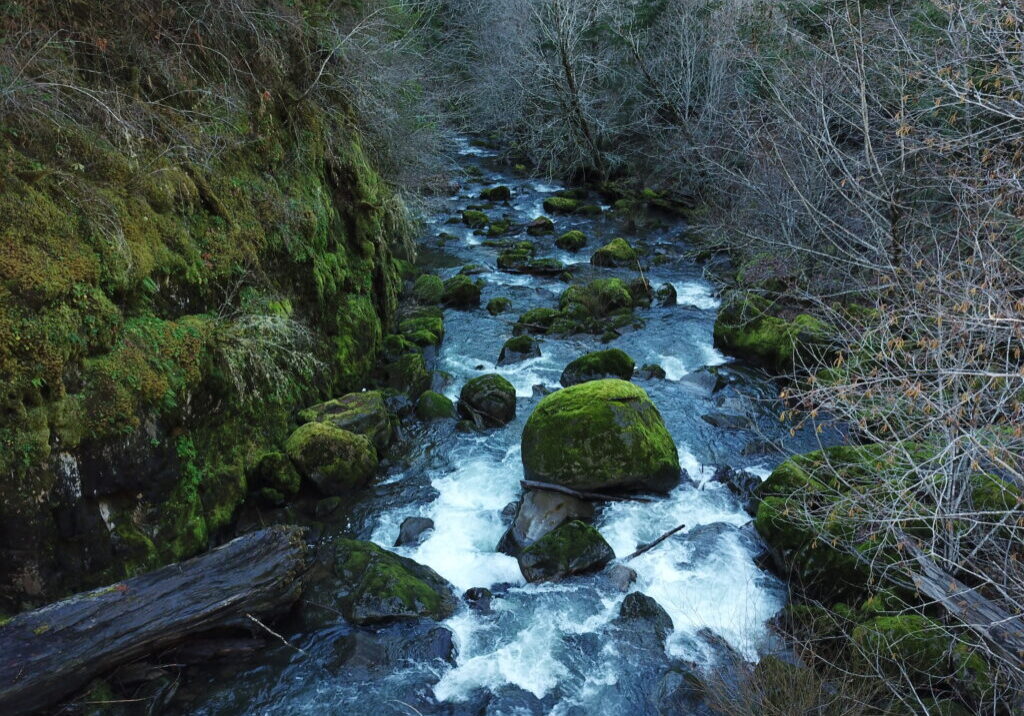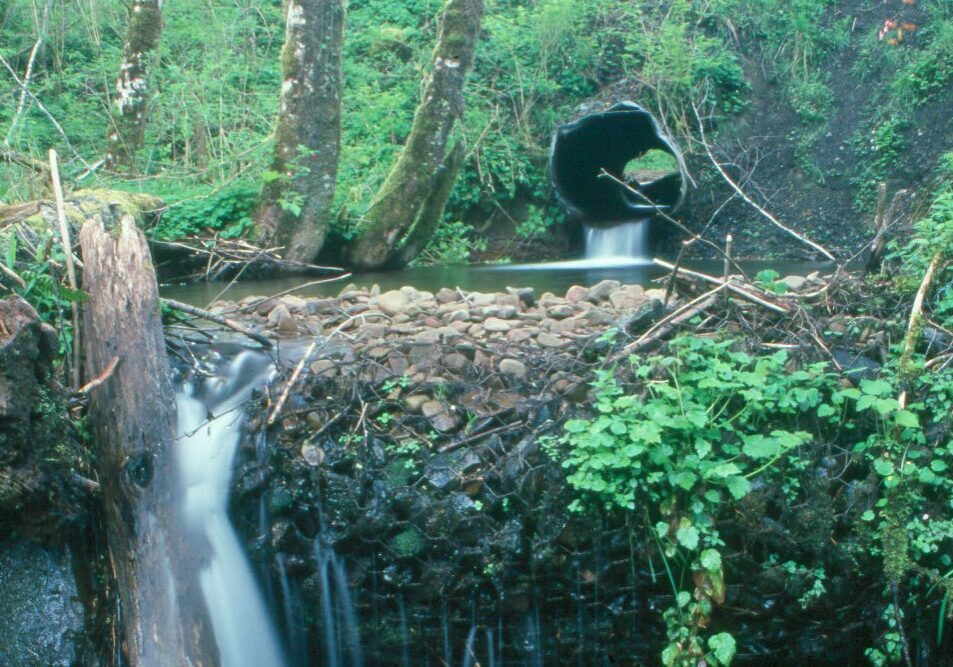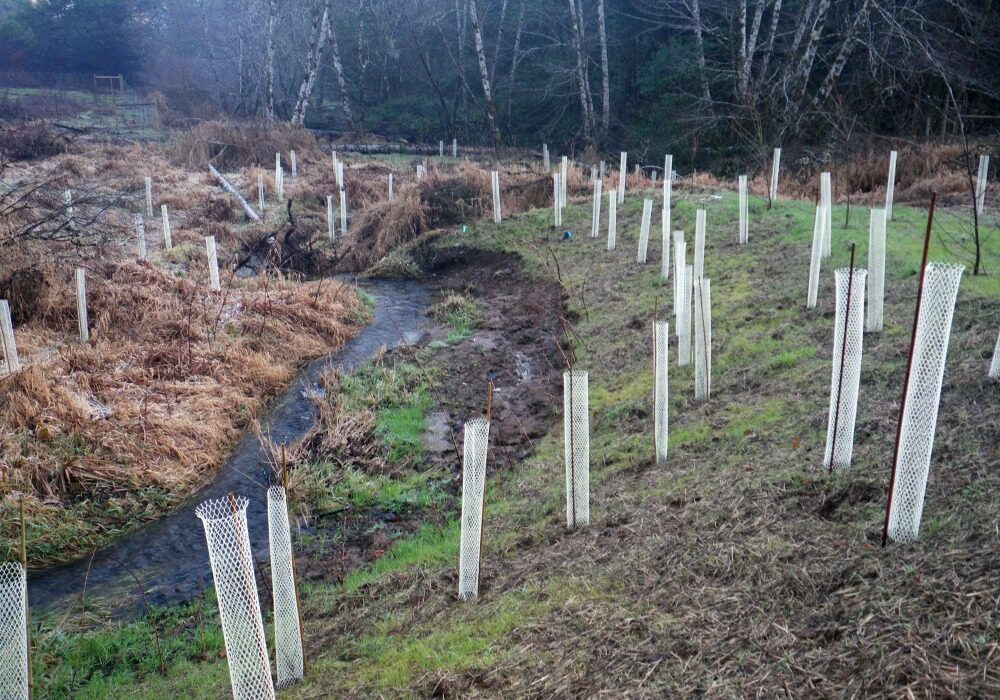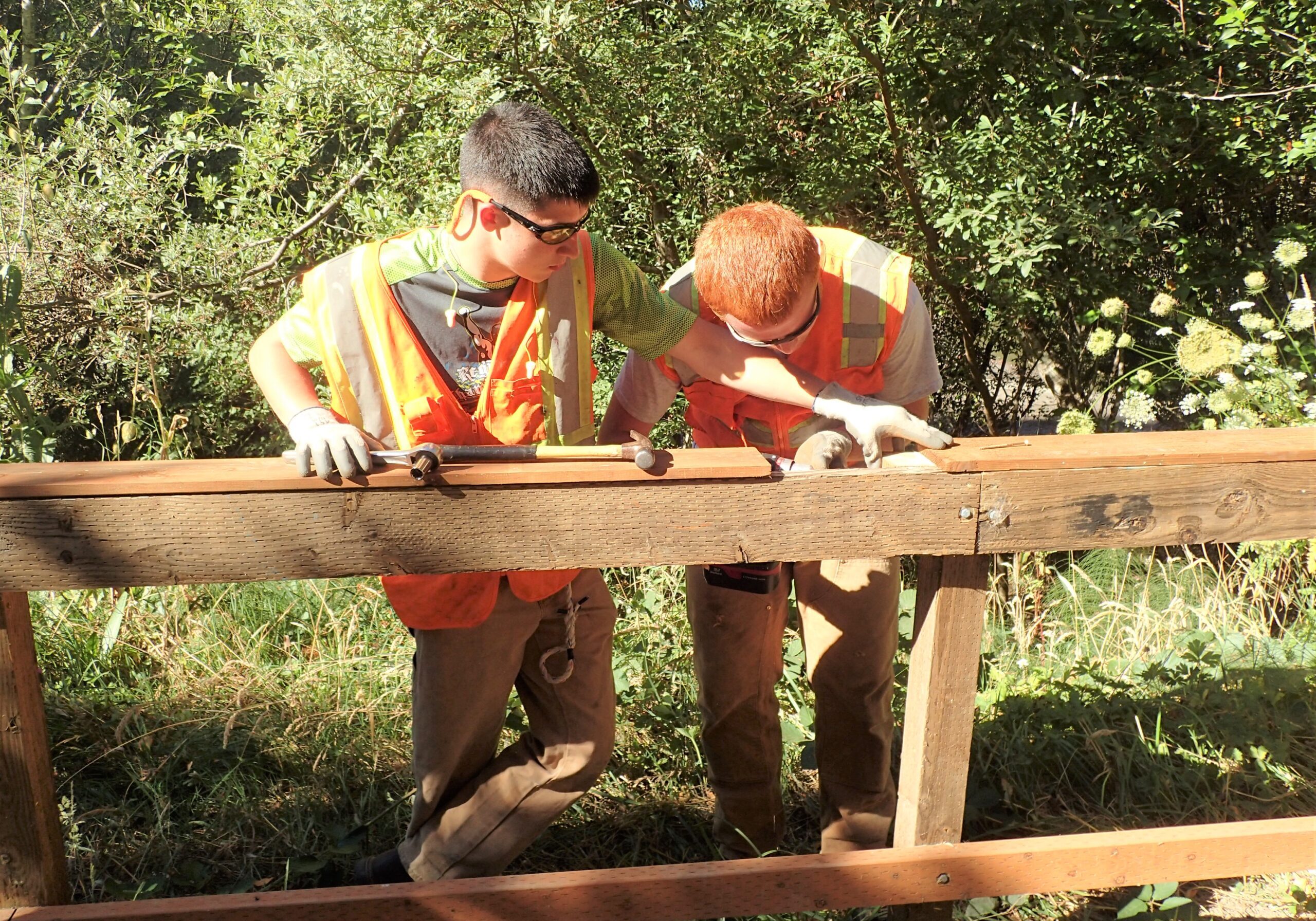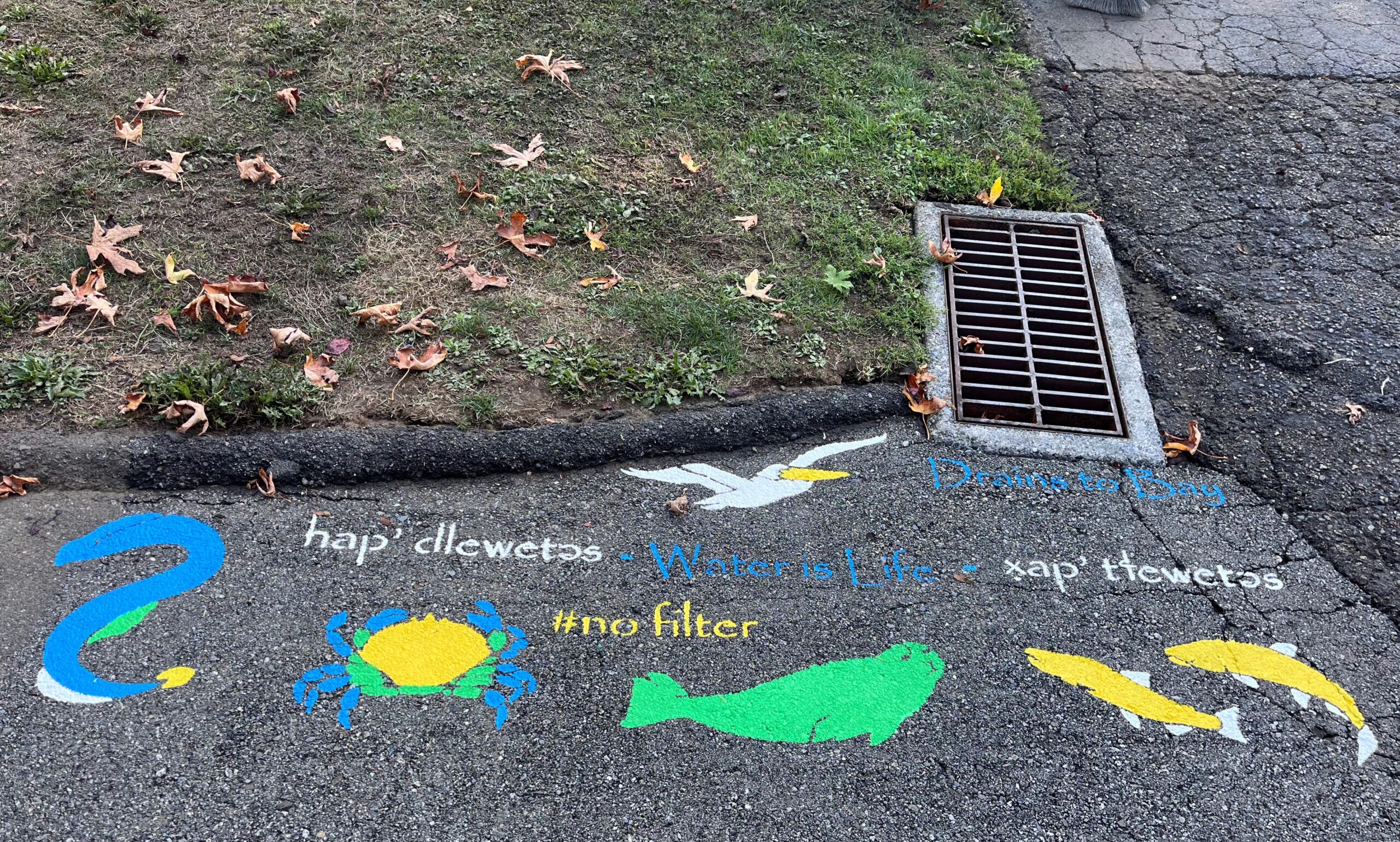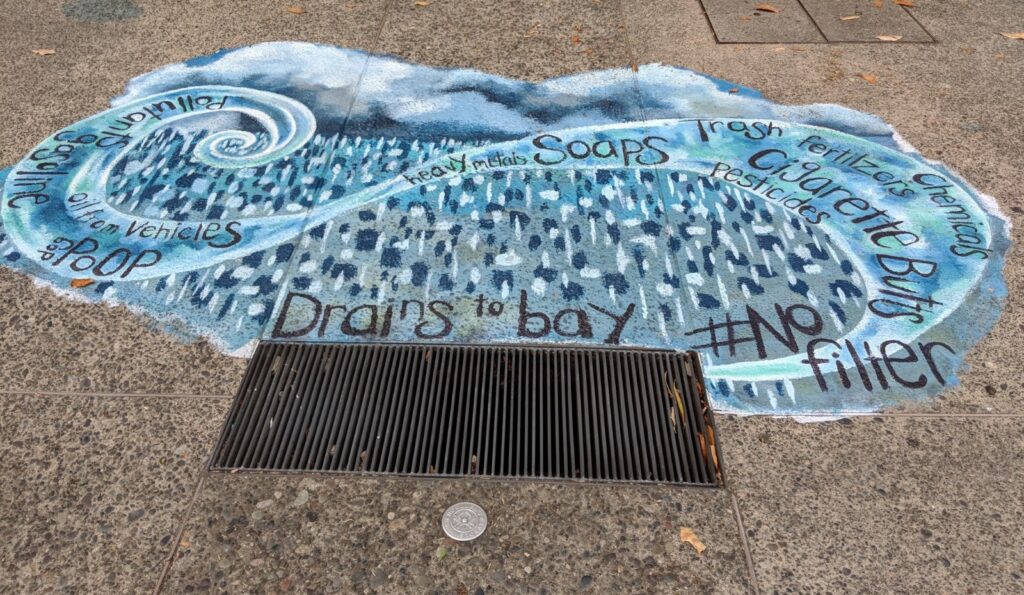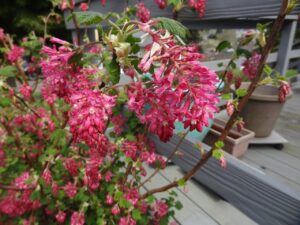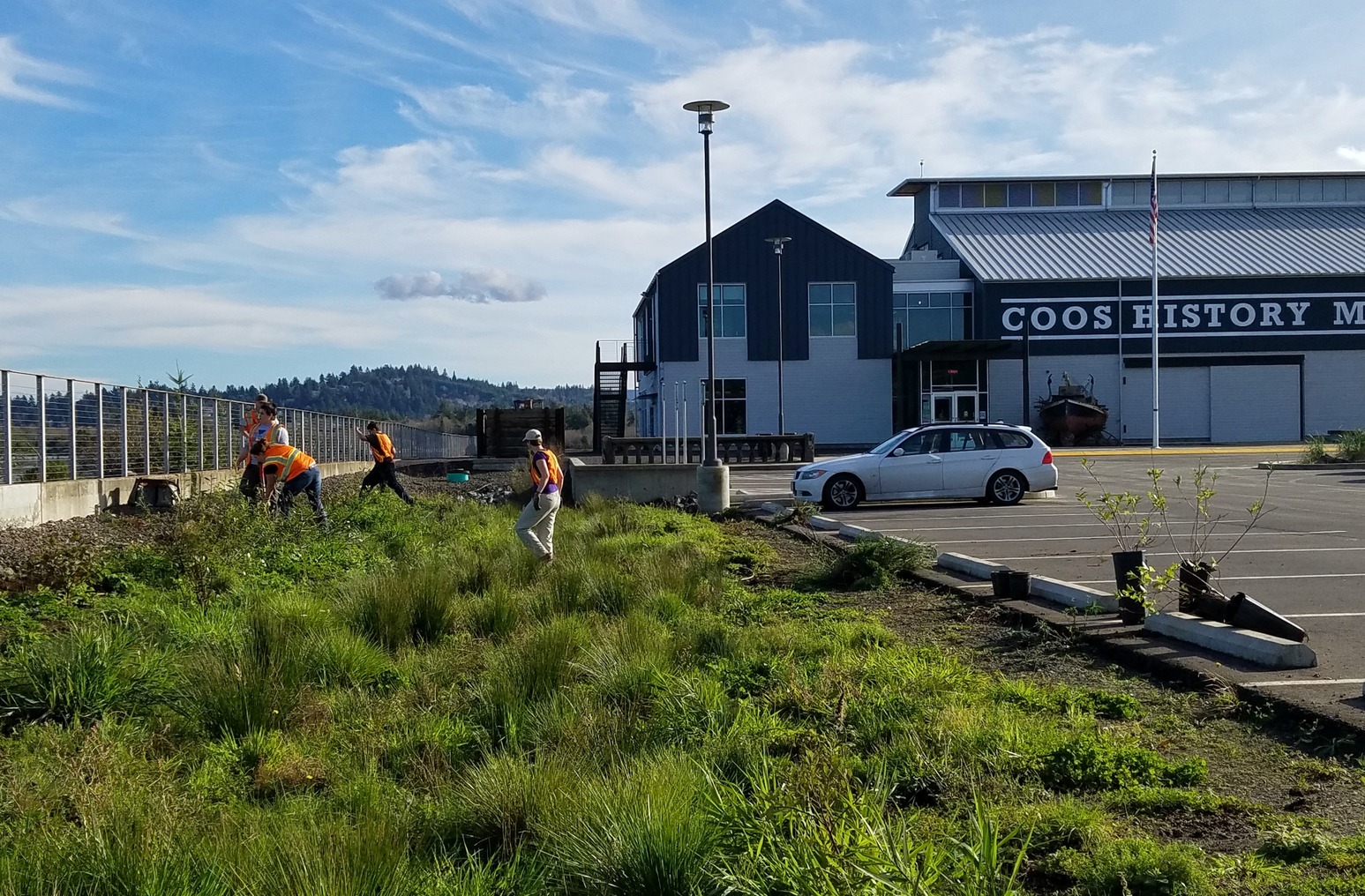In-Stream Restoration
Targeted in-stream restoration has been a pillar of our work since CoosWA was founded.
Riparian Restoration
Healthy riparian zones, or areas of vegetation along stream banks, play a central role in creating habitat for aquatic species.
Urban Restoration
Stormwater is a huge contributor to poor water quality and in urban areas is often pointed to as the biggest threat to nearby aquatic life.
Ecological landscaping in action
One of CoosWA’s ecological landscaping techniques is creating rain gardens and bioswales [https://oeconline.org/reduce-your-runoff-with-a-rain-garden/], which are basins full of native plants that are strategically placed to capture runoff from surrounding areas, such as in a parking lot or alongside a busy street. The basin filters rainwater through the plant roots, helping the water go down (into the ground) rather than out (across the pavement, into a storm drain, and into the bay).
There are some great examples of rain gardens around the Coos watershed, such as the Coos History Museum, 7 Devils Brewing Company, South Slough Interpretive Center, and Oregon Institute of Marine Biology.
